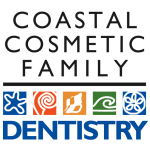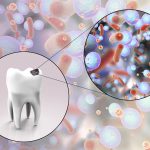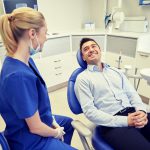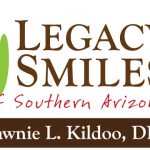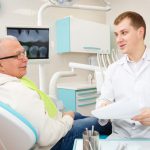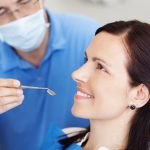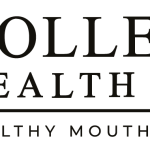
Close your eyes. Imagine a day when patients no longer avoid or complain about coming to your dental office. You no longer have empty appointment slots or patients not showing up for appointments. Instead, patients are seeking out your expertise because perhaps you hold the key to ending their chronic suffering and their ability to achieve optimum health. You don’t have to imagine this day because it has already arrived! The landscape of dental care is undergoing a transformative shift. Dent...
Read More

